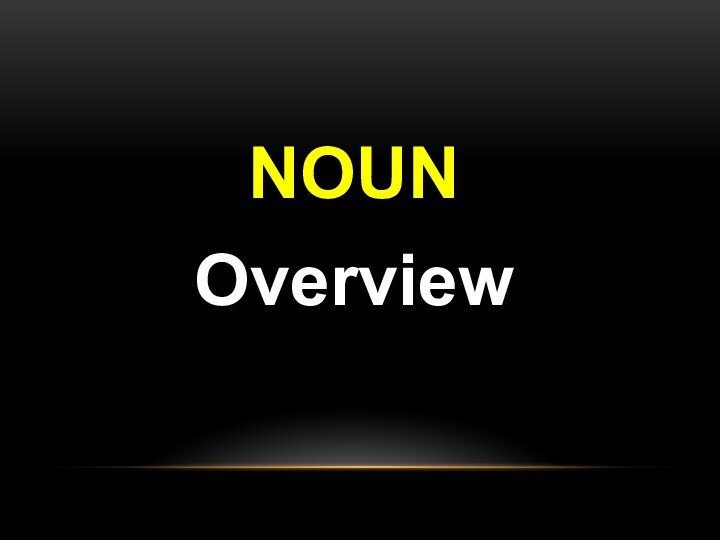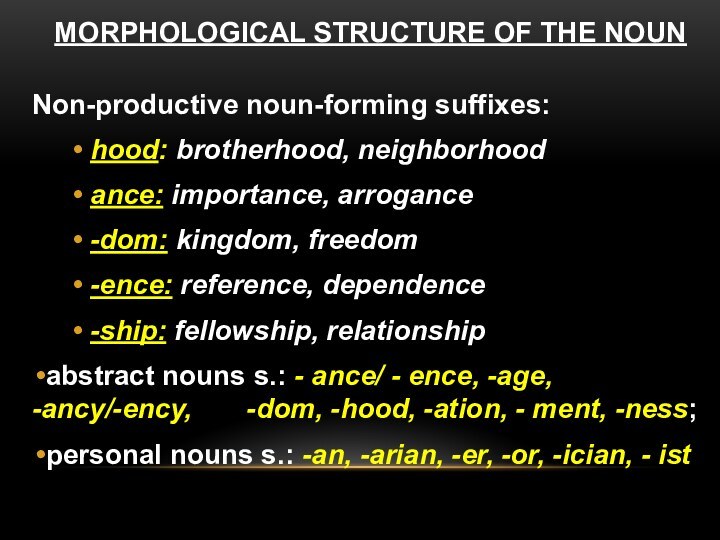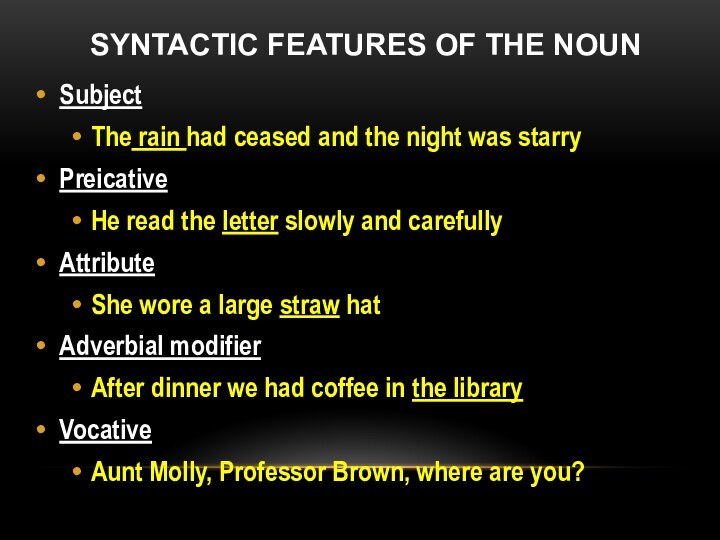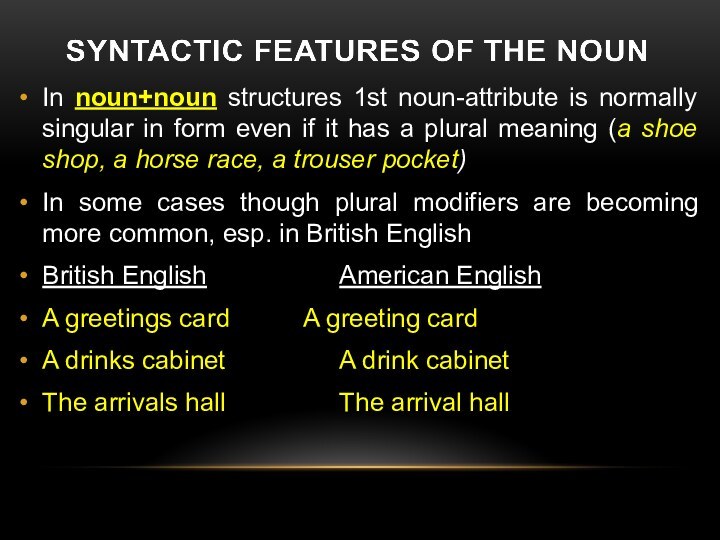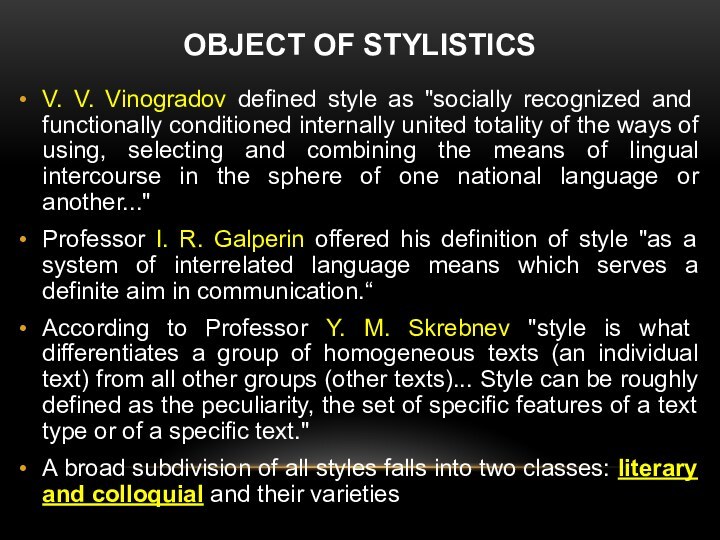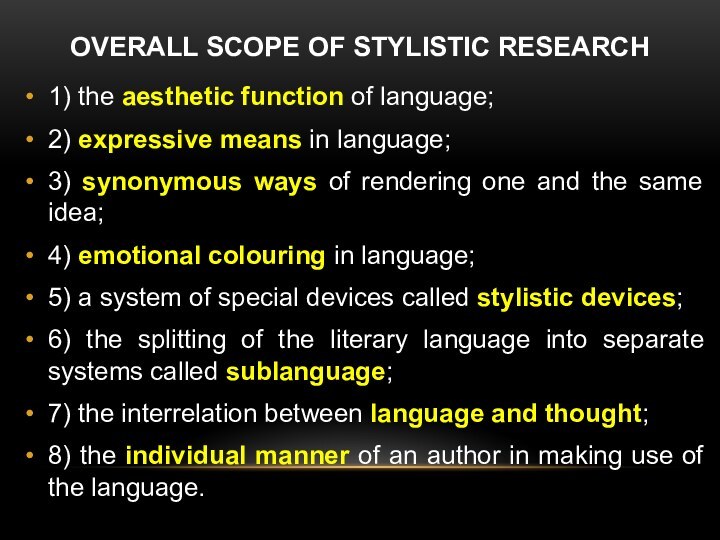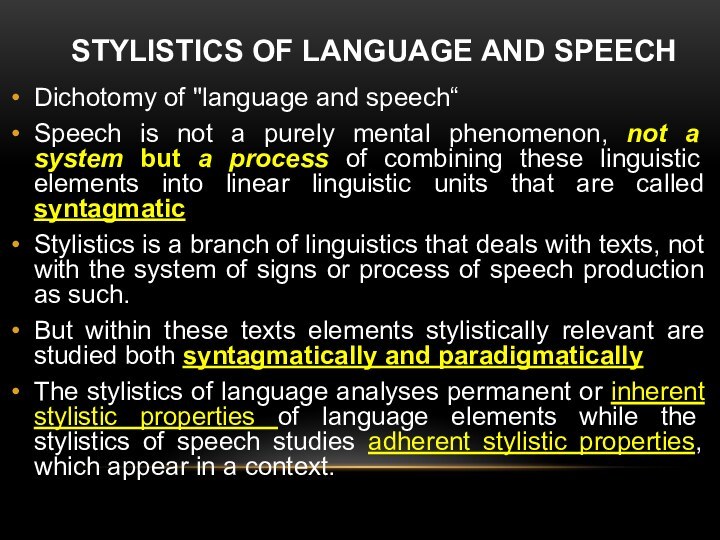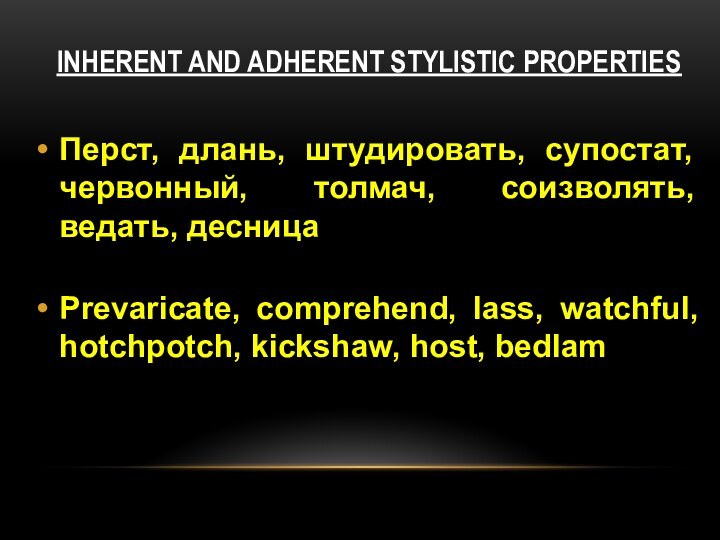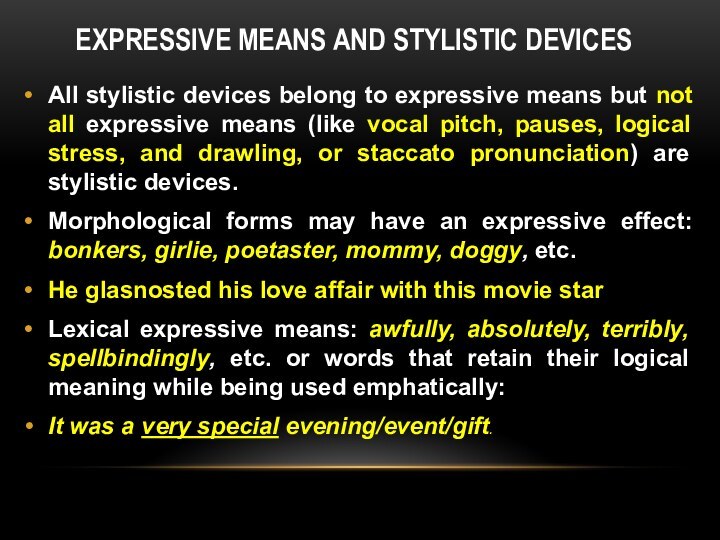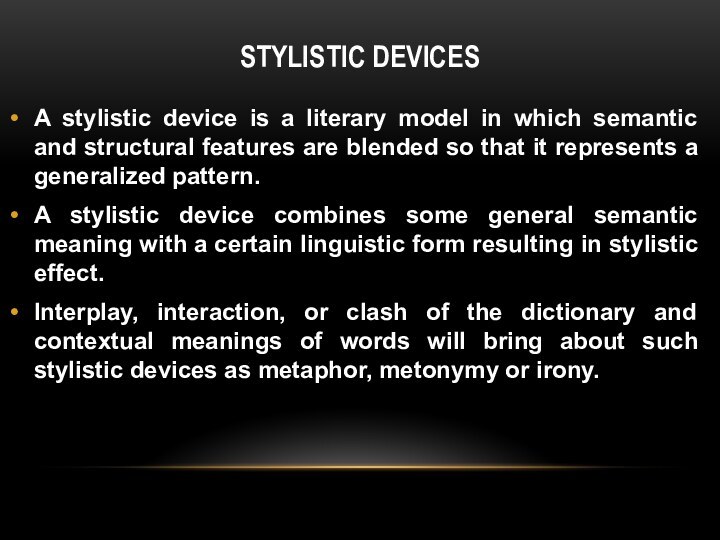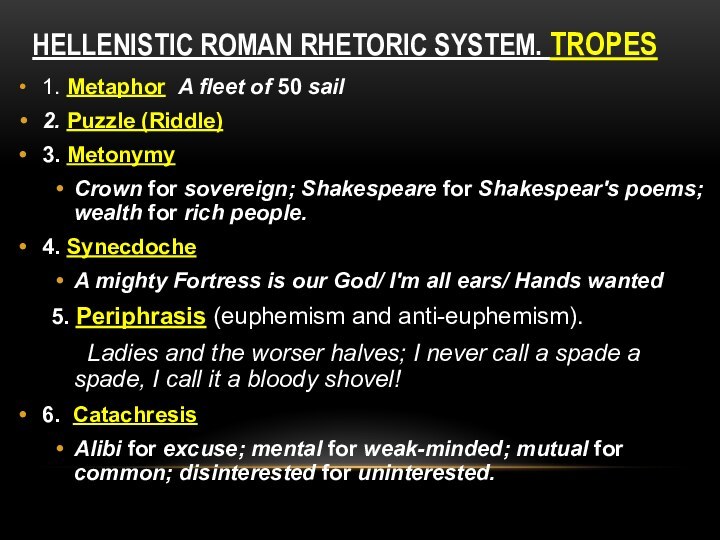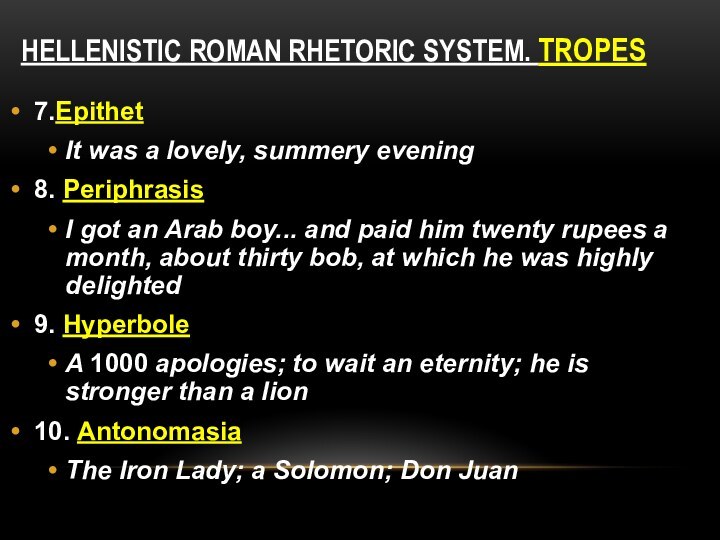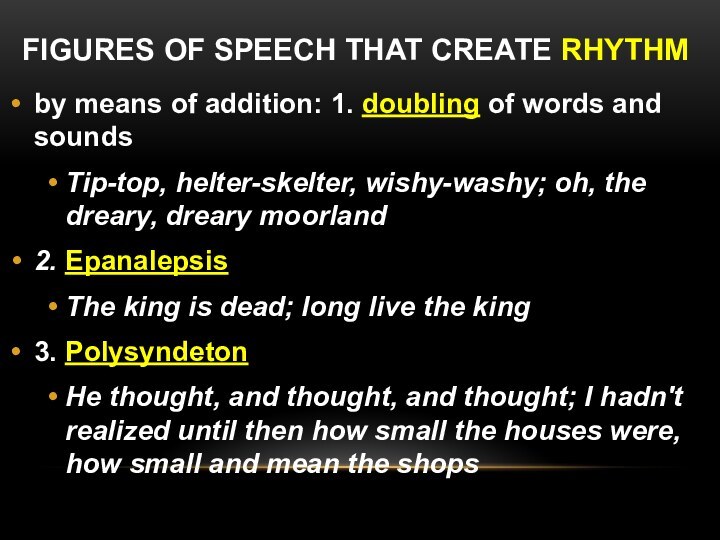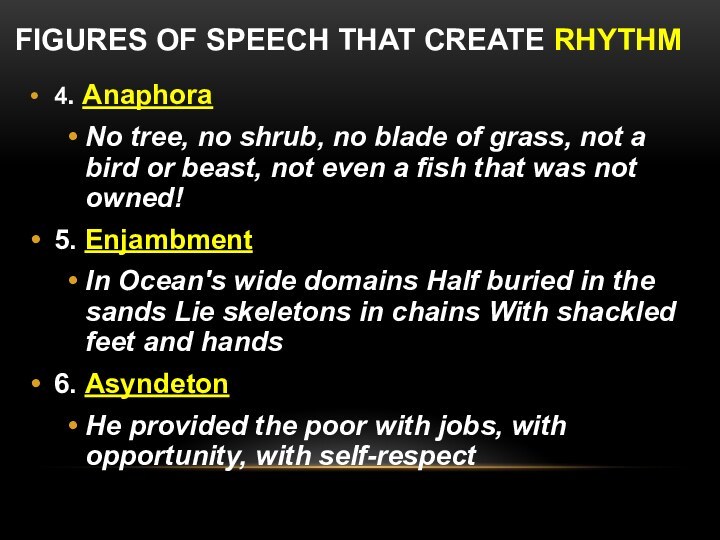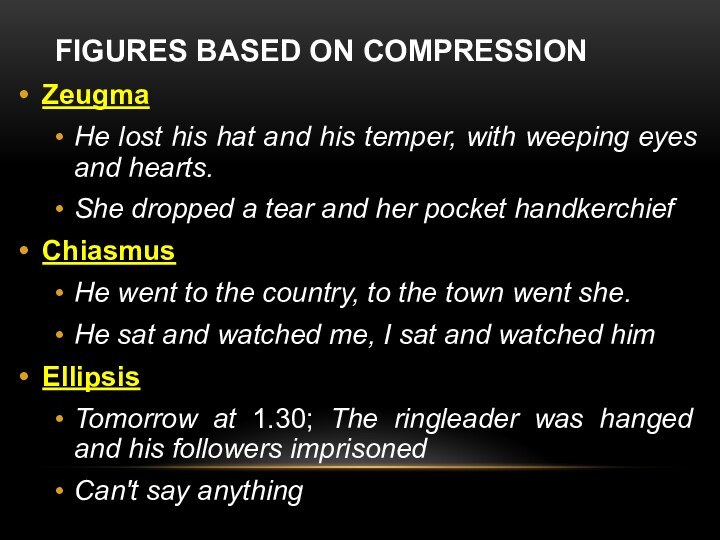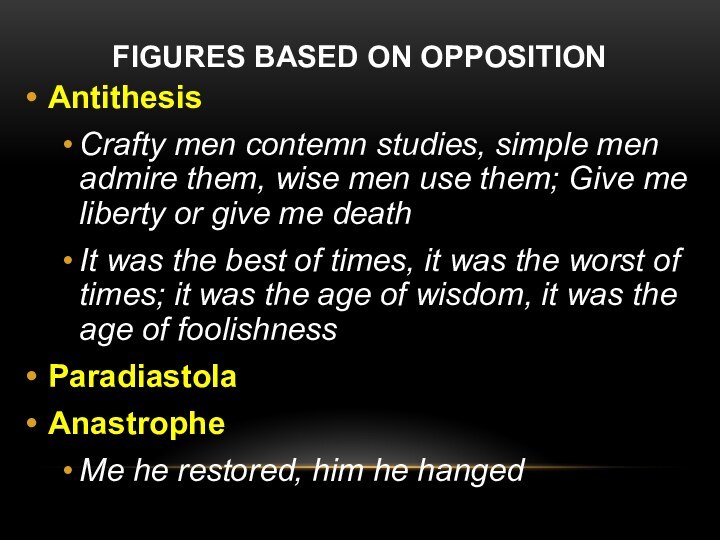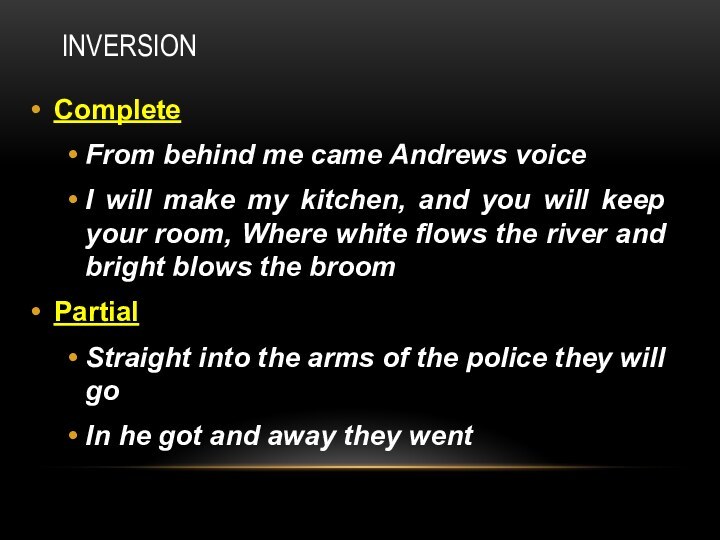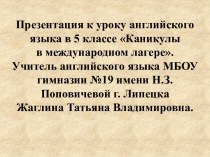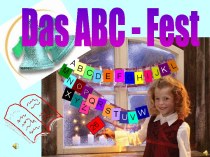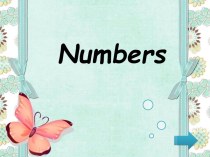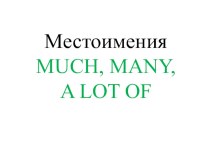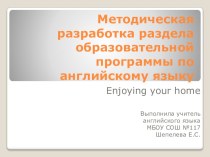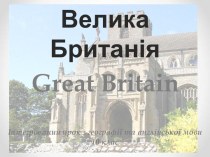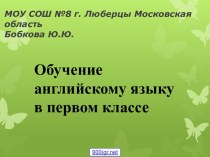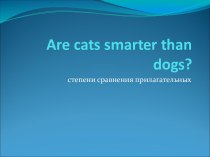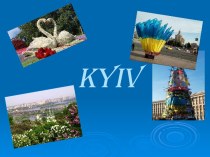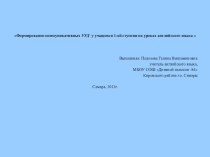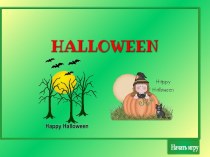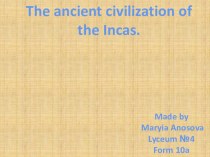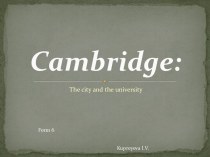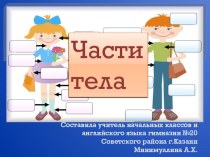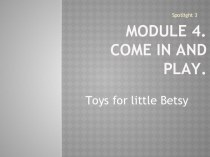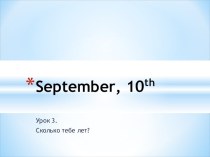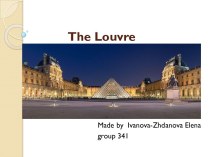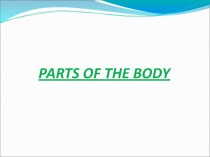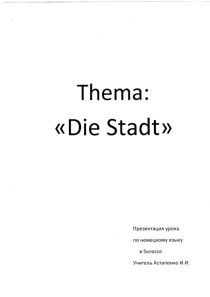Слайд 2
MORPHOLOGICAL STRUCTURE OF THE NOUN
SIMPLE
Car, fox, land, tree,
life
DERIVED/ DERIVATIVES ( have affixes, prefixes or suffixes or
both)
Worker, thingness, misdemeanor, ingratitude
Unambiguous (-ity) and ambiguous (-ment, -ful) word-building suffixes
Productive noun-forming suffixes:
-er: engineer, philosopher, joiner
-ness: tenderness, madness
-ist: novelist, columnist,
-ism: heroism, capitalism
-ess: actress, hostess
Слайд 3
Non-productive noun-forming suffixes:
hood: brotherhood, neighborhood
ance: importance, arrogance
-dom:
kingdom, freedom
-ence: reference, dependence
-ship: fellowship, relationship
abstract nouns s.: -
ance/ - ence, -age, -ancy/-ency, -dom, -hood, -ation, - ment, -ness;
personal nouns s.: -an, -arian, -er, -or, -ician, - ist
MORPHOLOGICAL STRUCTURE OF THE NOUN
Слайд 4
MORPHOLOGICAL STRUCTURE OF THE NOUN
COMPOUND NOUNS (at least
2 stems - film-star)
Main types:
Nouns with a stem modified
by another noun stem
Nouns consisting of a verb stem and a noun stem (searchlight, dining-hall)
Nouns consisting of an adjective stem and a noun stem (blackboard, blackmail, bluestocking)
A very large and productive group of nouns derived from verbs with postpositives, or more rarely, with adverbs (blackout, breakdown, setback)
Слайд 5
SYNTACTIC FEATURES OF THE NOUN
Subject
The rain had
ceased and the night was starry
Preicative
He read the letter
slowly and carefully
Attribute
She wore a large straw hat
Adverbial modifier
After dinner we had coffee in the library
Vocative
Aunt Molly, Professor Brown, where are you?
Слайд 6
In noun+noun structures 1st noun-attribute is normally singular
in form even if it has a plural meaning
(a shoe shop, a horse race, a trouser pocket)
In some cases though plural modifiers are becoming more common, esp. in British English
British English American English
A greetings card A greeting card
A drinks cabinet A drink cabinet
The arrivals hall The arrival hall
Слайд 8
OBJECT OF STYLISTICS
V. V. Vinogradov defined style
as "socially recognized and functionally conditioned internally united totality
of the ways of using, selecting and combining the means of lingual intercourse in the sphere of one national language or another..."
Professor I. R. Galperin offered his definition of style "as a system of interrelated language means which serves a definite aim in communication.“
According to Professor Y. M. Skrebnev "style is what differentiates a group of homogeneous texts (an individual text) from all other groups (other texts)... Style can be roughly defined as the peculiarity, the set of specific features of a text type or of a specific text."
A broad subdivision of all styles falls into two classes: literary and colloquial and their varieties
Слайд 9
ENGLISH LANGUAGE STYLES
Professor I. R. Galperin suggests 5
styles for the English language.
1) belles-lettres style: poetry, emotive
prose, and drama;
2) publicist style: oratory and speeches, essay, articles;
3) newspaper style: brief news items, headlines, advertisements, editorial;
4) scientific prose style;
5) official documents style.
Слайд 10
OVERALL SCOPE OF STYLISTIC RESEARCH
1) the aesthetic
function of language;
2) expressive means in language;
3) synonymous ways
of rendering one and the same idea;
4) emotional colouring in language;
5) a system of special devices called stylistic devices;
6) the splitting of the literary language into separate systems called sublanguage;
7) the interrelation between language and thought;
8) the individual manner of an author in making use of the language.
Слайд 11
STYLISTICS OF LANGUAGE AND SPEECH
Dichotomy of "language and
speech“
Speech is not a purely mental phenomenon, not a
system but a process of combining these linguistic elements into linear linguistic units that are called syntagmatic
Stylistics is a branch of linguistics that deals with texts, not with the system of signs or process of speech production as such.
But within these texts elements stylistically relevant are studied both syntagmatically and paradigmatically
The stylistics of language analyses permanent or inherent stylistic properties of language elements while the stylistics of speech studies adherent stylistic properties, which appear in a context.
Слайд 12
INHERENT AND ADHERENT STYLISTIC PROPERTIES
Перст, длань, штудировать, супостат,
червонный, толмач, соизволять, ведать, десница
Prevaricate, comprehend, lass, watchful, hotchpotch,
kickshaw, host, bedlam
Слайд 13
EXPRESSIVE MEANS AND STYLISTIC DEVICES
All stylistic devices belong
to expressive means but not all expressive means (like
vocal pitch, pauses, logical stress, and drawling, or staccato pronunciation) are stylistic devices.
Morphological forms may have an expressive effect: bonkers, girlie, poetaster, mommy, doggy, etc.
He glasnosted his love affair with this movie star
Lexical expressive means: awfully, absolutely, terribly, spellbindingly, etc. or words that retain their logical meaning while being used emphatically:
It was a very special evening/event/gift.
Слайд 14
STYLISTIC DEVICES
The nature of the interaction may be
affinity, proximity or contrast.
Respectively there is metaphor based on
the principle of affinity, metonymy based on proximity and irony based on opposition
1. My new dress is as pink as this flower: comparison
2. Her cheeks were as red as a tulip: simile
3. She is a real flower: metaphor
My love is a red, red rose: metaphor
4. Ruby lips, hair of gold, snow-white skin: trite metaphor
Слайд 15
STYLISTIC DEVICES
A stylistic device is a literary model
in which semantic and structural features are blended so
that it represents a generalized pattern.
A stylistic device combines some general semantic meaning with a certain linguistic form resulting in stylistic effect.
Interplay, interaction, or clash of the dictionary and contextual meanings of words will bring about such stylistic devices as metaphor, metonymy or irony.
Слайд 16
HELLENISTIC ROMAN RHETORIC SYSTEM
This first theory of style
included 3 subdivisions:
• choice of words;
• word combinations;
a) order
of words;
b) word-combinations;
c) rhythm and period.
• figures.
a) antithesis;
b) assonance of colons;
c) equality of colons.
Слайд 17
HELLENISTIC ROMAN RHETORIC SYSTEM. TROPES
1. Metaphor A
fleet of 50 sail
2. Puzzle (Riddle)
3. Metonymy
Crown
for sovereign; Shakespeare for Shakespear's poems; wealth for rich people.
4. Synecdoche
A mighty Fortress is our God/ I'm all ears/ Hands wanted
5. Periphrasis (euphemism and anti-euphemism).
Ladies and the worser halves; I never call a spade a spade, I call it a bloody shovel!
6. Catachresis
Alibi for excuse; mental for weak-minded; mutual for common; disinterested for uninterested.
Слайд 18
HELLENISTIC ROMAN RHETORIC SYSTEM. TROPES
7.Epithet
It was a
lovely, summery evening
8. Periphrasis
I got an Arab boy... and
paid him twenty rupees a month, about thirty bob, at which he was highly delighted
9. Hyperbole
A 1000 apologies; to wait an eternity; he is stronger than a lion
10. Antonomasia
The Iron Lady; a Solomon; Don Juan
Слайд 19
FIGURES OF SPEECH THAT CREATE RHYTHM
by means of
addition: 1. doubling of words and sounds
Tip-top, helter-skelter, wishy-washy;
oh, the dreary, dreary moorland
2. Epanalepsis
The king is dead; long live the king
3. Polysyndeton
He thought, and thought, and thought; I hadn't realized until then how small the houses were, how small and mean the shops
Слайд 20
FIGURES OF SPEECH THAT CREATE RHYTHM
4. Anaphora
No tree,
no shrub, no blade of grass, not a bird
or beast, not even a fish that was not owned!
5. Enjambment
In Ocean's wide domains Half buried in the sands Lie skeletons in chains With shackled feet and hands
6. Asyndeton
He provided the poor with jobs, with opportunity, with self-respect
Слайд 21
FIGURES BASED ON COMPRESSION
Zeugma
He lost his hat and
his temper, with weeping eyes and hearts.
She dropped a
tear and her pocket handkerchief
Chiasmus
He went to the country, to the town went she.
He sat and watched me, I sat and watched him
Ellipsis
Tomorrow at 1.30; The ringleader was hanged and his followers imprisoned
Can't say anything
Слайд 22
ELLIPSIS
1) giving, speech characteristics, Not him, sir. Too
pleased with himself. Some gentlemen can't act... Too stiff
2) emphasizing some fact(s), The robbery. Long Ago. Very valuable emeralds... The lady's made and the tweeny
3) imitating spontaneity, "Quick - in here," Poirot led the way into the nearest room..."And you - behind the curtain"
Слайд 23
FIGURES BASED ON OPPOSITION
Antithesis
Crafty men contemn studies,
simple men admire them, wise men use them; Give
me liberty or give me death
It was the best of times, it was the worst of times; it was the age of wisdom, it was the age of foolishness
Paradiastola
Anastrophe
Me he restored, him he hanged
